After many years of a consistent two-lunch system, La Salle implemented a dramatic shift in the way students experience lunch at the start of this year, introducing two days of the week when the entire student body eats together.
Previously, students were divided between A and B lunches, a structure designed to not overwhelm the cafeteria or the amount of space available for students to eat in. While this allowed for a more organized environment, it also separated students from some of their peers if they didn’t share the same lunch, a concern Dean of Students Ms. Kenzie D’Ambrosio noted when she first arrived at La Salle.
Coming to the school from St. Mary’s Academy in 2023, Ms. D’Ambrosio explained that, although she recognized the benefits to a split lunch, she felt that it impacted students because there wasn’t a consistent time for them to all be together.
“Lunch is, overwhelmingly, the number one answer to where students find the most amount of belonging,” she said. “We had this system in place here, where our students … eat lunch not totally in community, because you’re only able to eat lunch with half of our community every day.”
Ms. D’Ambrosio introduced the idea of switching to an all-school lunch when she first arrived, and said that it took the administrative team a while to work through the logistical barriers in place preventing it from happening.
This past spring, however, she said they decided to “just take the leap.”
After a test run and a survey at the end of last year, where students were able to weigh in and provide comments, La Salle announced that two 40-minute one lunches — 10 minutes longer than A/B — would be introduced, on blue schedule days.
From Ms. D’Ambrosio’s perspective, this switch provides numerous opportunities for students, staff, and the community as a whole.
“There’s a lot of things you can’t do during lunch that you can do when you have all of the students together at lunch,” she said, including college visits, club meetings, and a brown bag lunch series, which starts on Thursday, Oct. 9. “I see a lot of benefits to it.”
However, for many students, the transition has not been smooth.
While some, such as freshman Charlee Smith, looked forward to sitting with all of their friends when the idea was introduced, others were worried.
Sophomore Ryan Ballou said she was surprised and concerned when she initially heard the news, wondering if it was difficult to fit half the student body in the cafeteria during A/B days and how it would work with everyone trying to eat, talk, and get lunch at the same time.
From Ballou’s experience so far — and that of many other students — those concerns have proven to be well-founded.
“I didn’t believe it at first, because I was like, ‘how is that even possible?’” she said. “It’s nice because I can sit with all of my friends, but then at the same time, it’s… so hard to stand in line and we’re all going in at one time and you can’t even move.”
For many students, such as sophomore Grace Wooden, the stress of getting or microwaving lunch alongside the entire student body has been one of the biggest downsides to the change.
“It’s really hard to buy lunch those days and use the microwaves because the lines are out the door, so you can barely even get into the cafeteria,” she said.
Smith’s thoughts follow a similar pattern.
“You still have to run to get in line,” Smith said. “Having two lines makes it go faster, but it still takes forever just to get into the cafeteria because the lines go out the doors.”
Junior Haylee Nguyen echoed this. When she first heard about the new policy in the late spring, she said she wasn’t happy about it, as she doesn’t enjoy eating in crowded places or around a lot of people.
Now over one month into the school year, her opinion hasn’t changed.
“It’s really overwhelming to be around this much people, and the lines are always really long,” Nguyen said. “Sometimes I can’t even get lunch until the end, which is really frustrating.”
Nguyen, who explained she has sensory issues and often eats in the counseling center, said that beyond the stressful environment, the amount of people all trying to purchase lunch at the same time is overstimulating and anxiety-inducing.
“I’m scared that they’ll run out of food before I get to the food,” she said. “I just feel like last year’s system worked fine. I don’t see why we needed to change it or anything.”
While Ms. D’Ambrosio said she understands students’ frustration with the lines, she explained that they have been timing the lines during lunch, and found that there isn’t a significant difference between the wait times on different days.
“I think the perception of how long the lines are and how long they actually are two different things,” she said. “In actuality, they’re only about two minutes longer than they are on A/B lunch days.”
That isn’t to invalidate students’ thoughts, however, she said. Keeping their concerns in mind, the administrative team is looking for ways that they can ease the crowds.
“We’re conscious of it and are trying to find another point of sale … to cut down on it a little bit,” she said, emphasizing that they are “always willing to look at what needs improvement and how we can make it better.”
For students who are anxious about it, she suggests that they don’t try to get lunch when everyone else is and instead take the first few minutes to socialize with friends before entering the cafeteria.
“I’ve been telling people, like ‘go hang out, wait, and then come back.’ It’s usually been more cleared out by that point … it’s much calmer and quieter,” she said. “If that feels overwhelming, that would be my solution.”
However, Ms. D’Ambrosio said she has found an appreciation for the chaos and the atmosphere it provides.
“It feels very like a high school,” she said. “I think it feels really good.”
Despite the logistical challenges, many students appreciate the extended time and the ability to spend more time eating and socializing.
“I like it because I get to be with my friends,” junior Jackson Sprando said. “It’s nice having Flex after as well.”
Senior Tobias Ulrich echoed this perspective, and also said that the extended time allows him to check in with more teachers, something that’s particularly helpful for more challenging courses.
“I mean, it’s different,” he said. “But it is nicer because of my harder classes, just because I get more time and I get to check in with any teacher I want.”
World Language Department Chair Ms. Lisa Moran said that she’s heard positive comments from students about this as well, though she also pointed out some of the potential drawbacks that exist for teachers.
“From what I hear in my classroom, it sounds like people are enjoying getting to see all of their friends at once,” she said. “I think the concern among teachers is just making sure that we still have our lunchtime. It’s not our responsibility to supervise [students], since that would be taking away part of our lunchtime.”
Ms. D’Ambrosio mirrored this perspective, explaining that one of the key benefits she saw was the opportunity it provided for teachers as well as students to socialize.
“I know teachers are really grateful because they all can eat together during those days, and they haven’t ever had that before,” she said. “There’s teachers who’ve never been able to eat lunch together before, and so that makes me happy for our teachers, that they’re able to have that.”
This expanded lunch can be used not only for academic and social purposes but for clubs as well.
“By having one lunch now, we can have club meetings during lunch,” Ms. D’Ambrosio said. “That opens up just this whole new huge opportunity.”
While Ballou appreciates the extended time to be able to socialize longer, from her perspective, the cons outweigh the pros, as she said that the entire experience is incredibly stressful, and she struggles to locate her friends in the crowd without being able to use her phone.
“I don’t think it was necessary,” Ballou said. “It’s harder for everybody.”
Senior Abby Ludwig agreed that things get too busy. “I think that our school’s not big enough [for an all school lunch],” she said.
Ms. Moran said that she’s heard this feedback from students as well, mentioning how some dislike the weekly club meetings. Additionally, she said that there’s worry about spacing, especially moving into the rainier months of the year.
“I think there’s a lot of concern still about when the weather does get bad [there not being] enough space,” she said. “I do still hear some concerns about just being able to get food depending on what is served and just being able to get it in a timely manner.”
Ms. D’Ambrosio highlighted that she is always open to hear students’ feedback, and that big changes like this take time.
However, she hopes that both students and staff recognize that this decision was made with the good of the whole community in mind, weighing concerns voiced at the end of last year with the benefits of this policy.
“We felt like this was a good balance, keeping the three days of A/B lunches and then adding the two days of one lunch,” she said. “It could hopefully work for everybody and fit everybody’s needs.”
Although she acknowledged the diverse perspectives of students and staff on this issue, Ms. D’Ambrosio said that she hopes people have patience with it and each other as the school adjusts to this new system.
“Change is hard,” she said. “My hope is that people look for the good in it.”



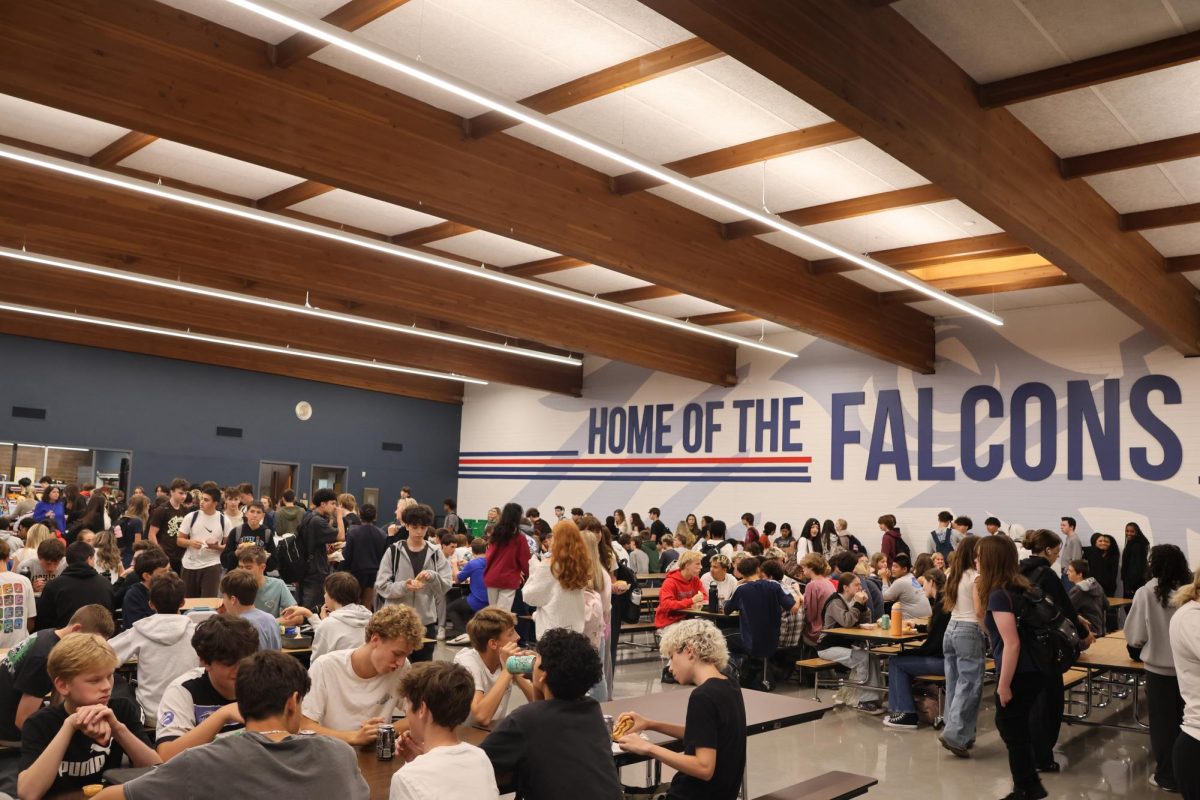

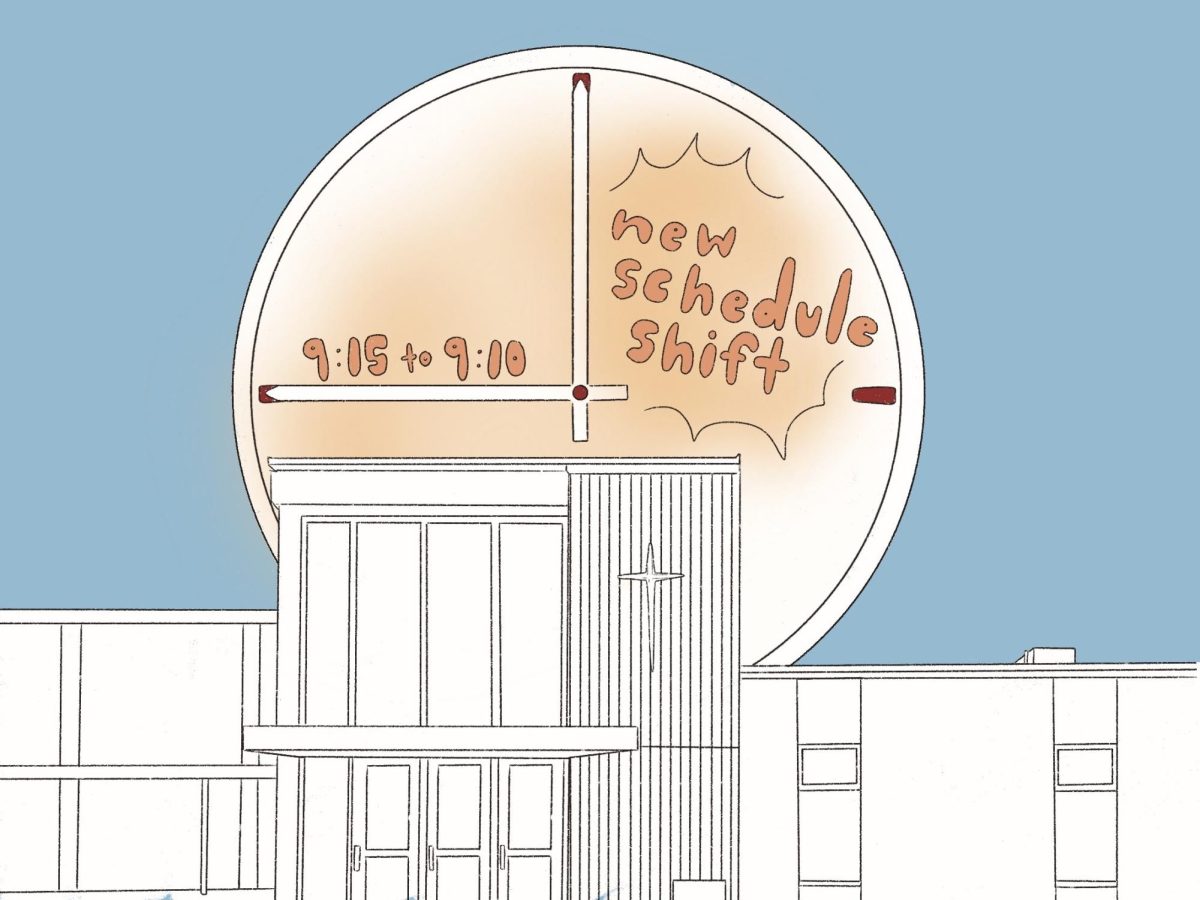
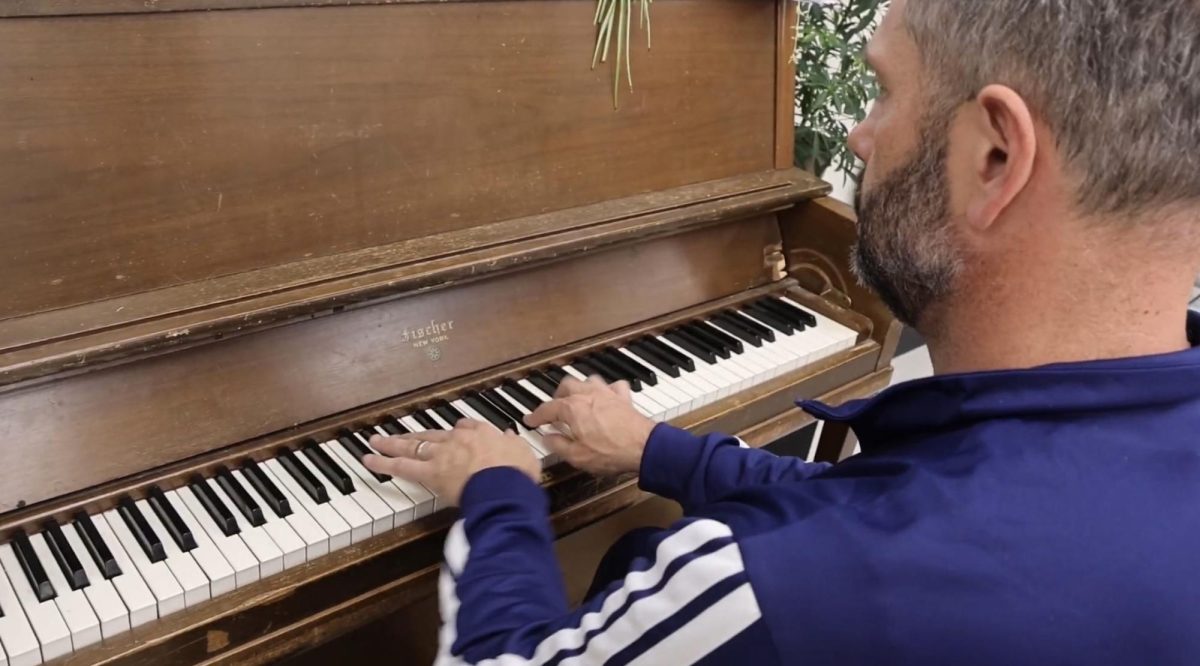
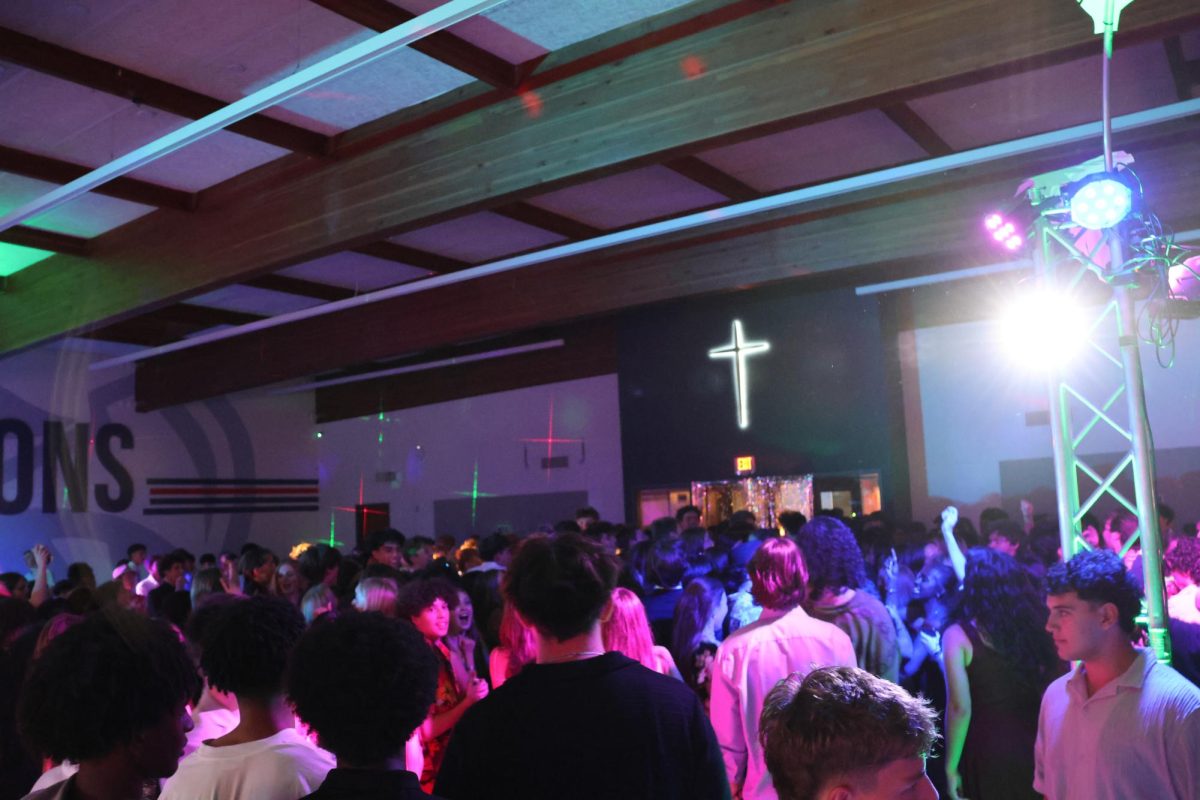
![Mr. Owen Furlong, the temporary Campus Safety Monitor, grew up near La Salle and described how Christ the King was “basically [his] backyard for a long time.”](https://lasallefalconer.com/wp-content/uploads/2025/10/115A2328-1200x800.jpeg)
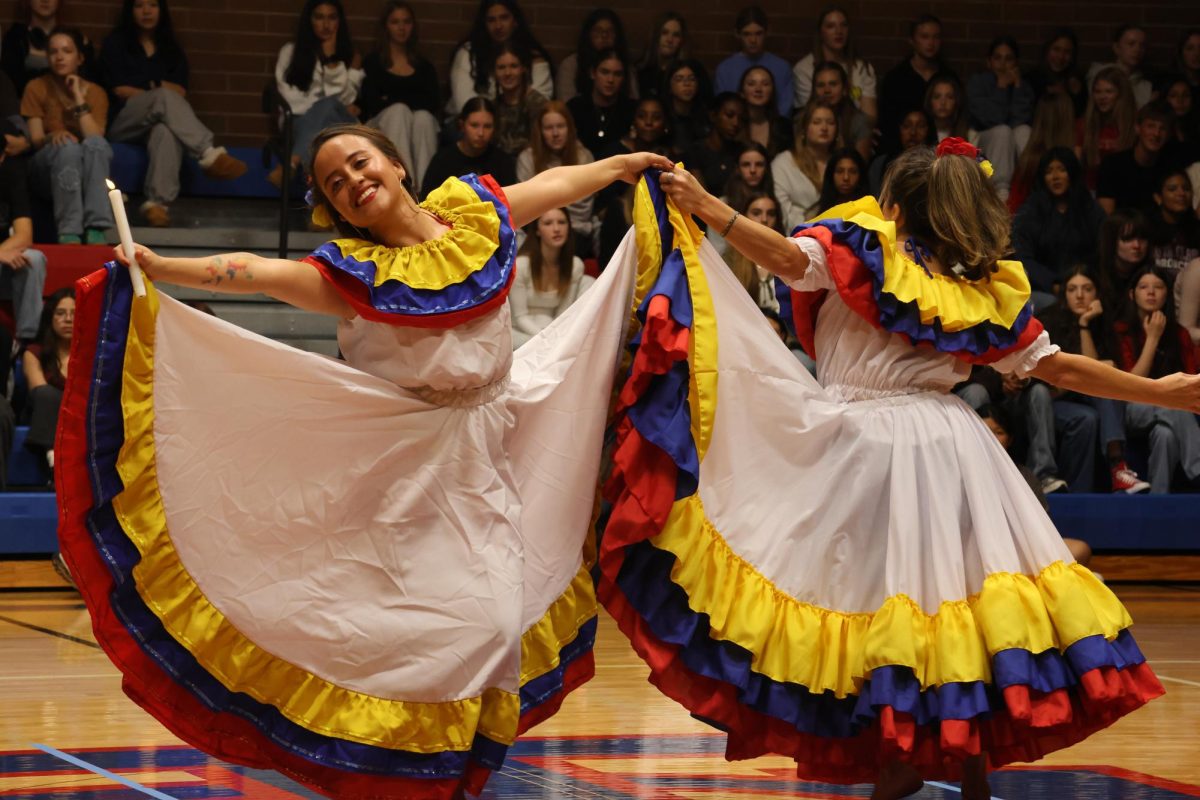
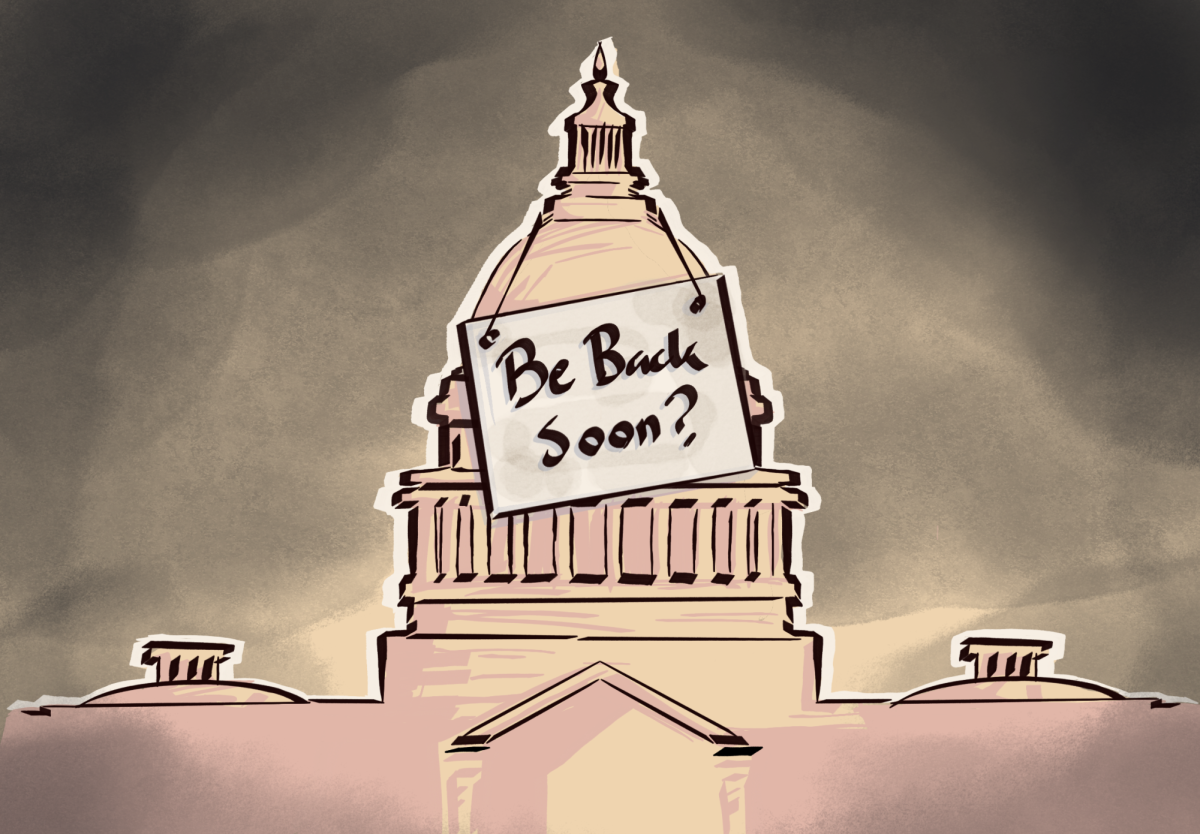
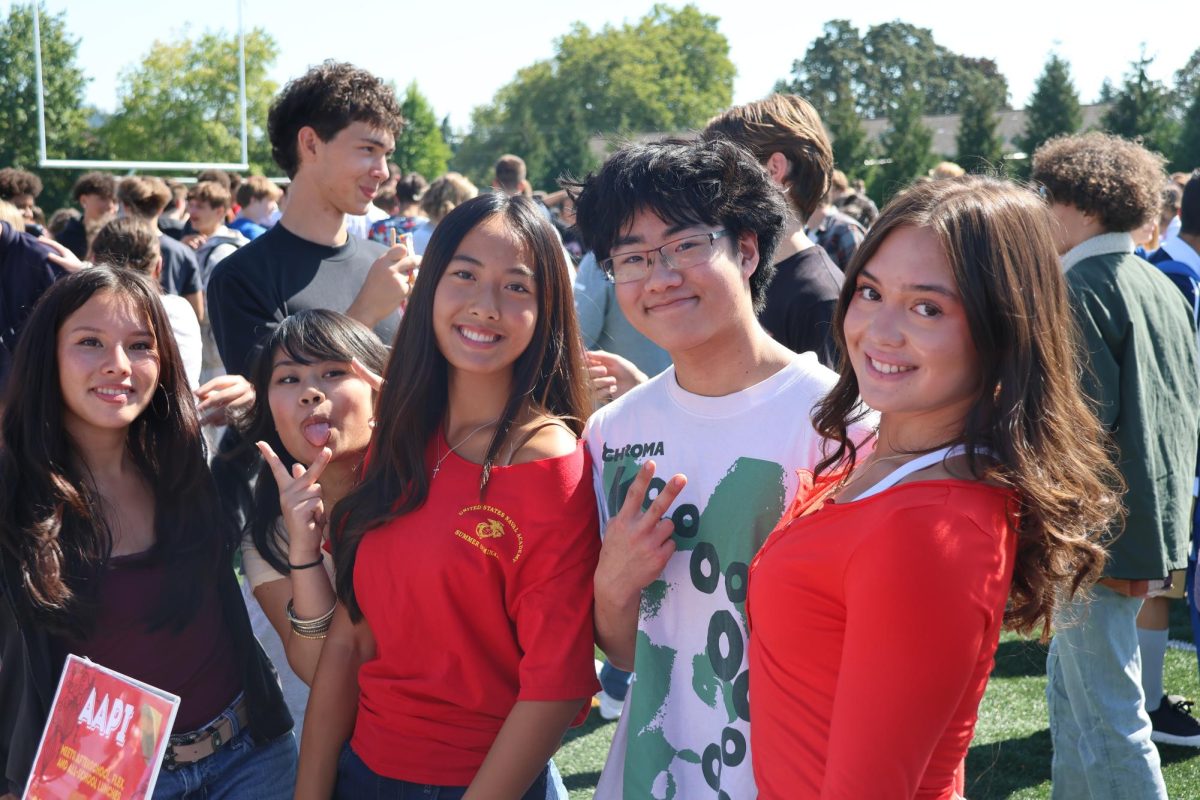
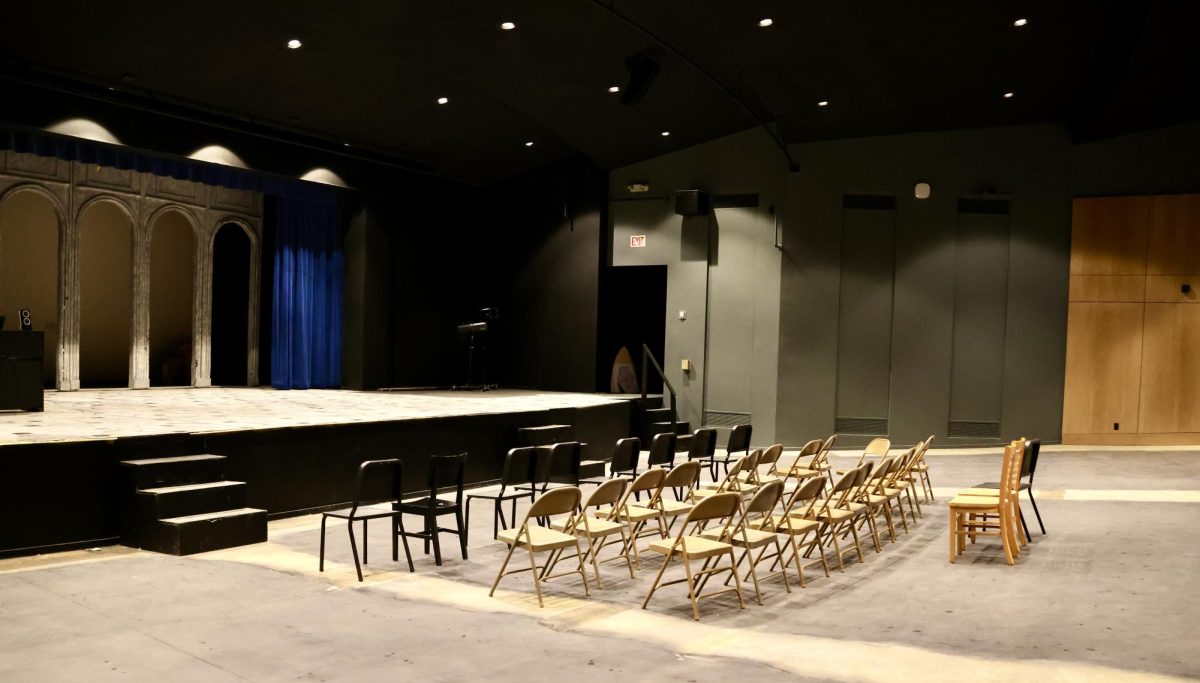
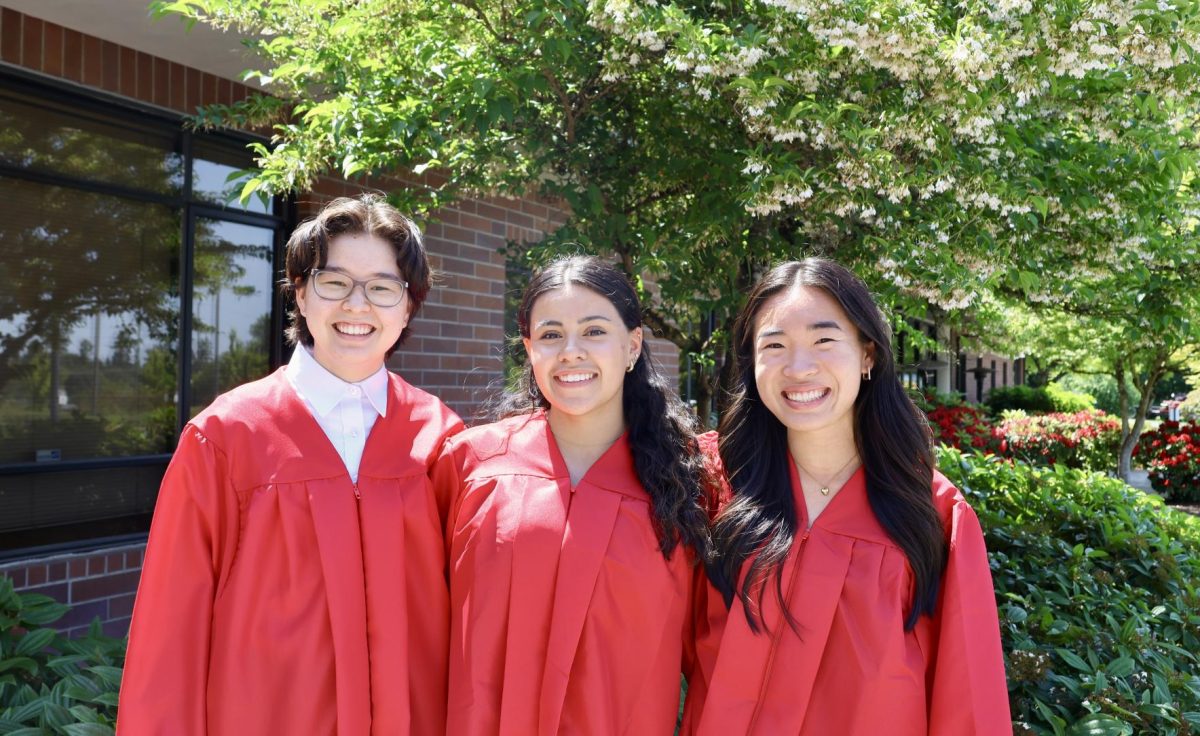
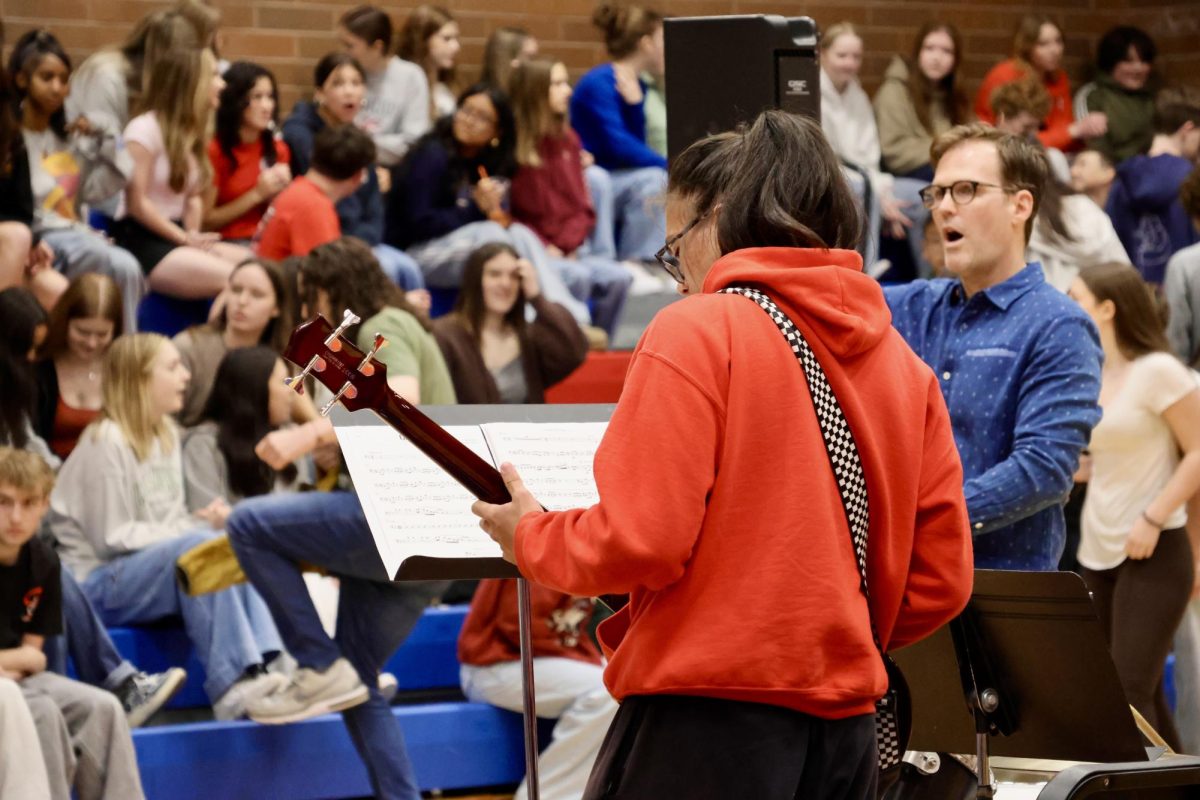

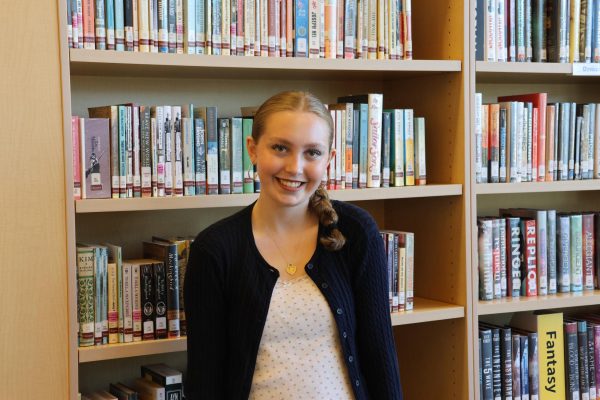
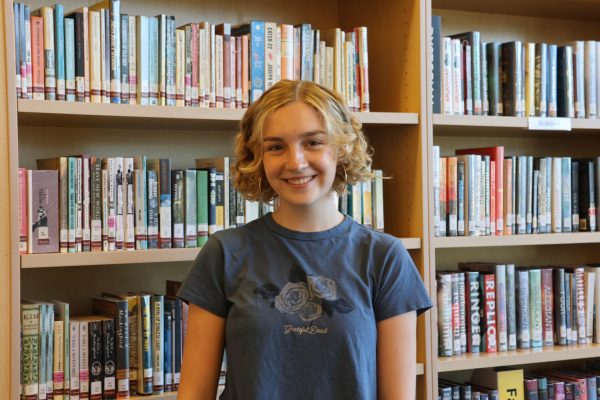
Chris Babinec • Oct 13, 2025 at 11:30 am
Balanced piece! There are so many advantages to being in larger community with each other and of course, the challenges.